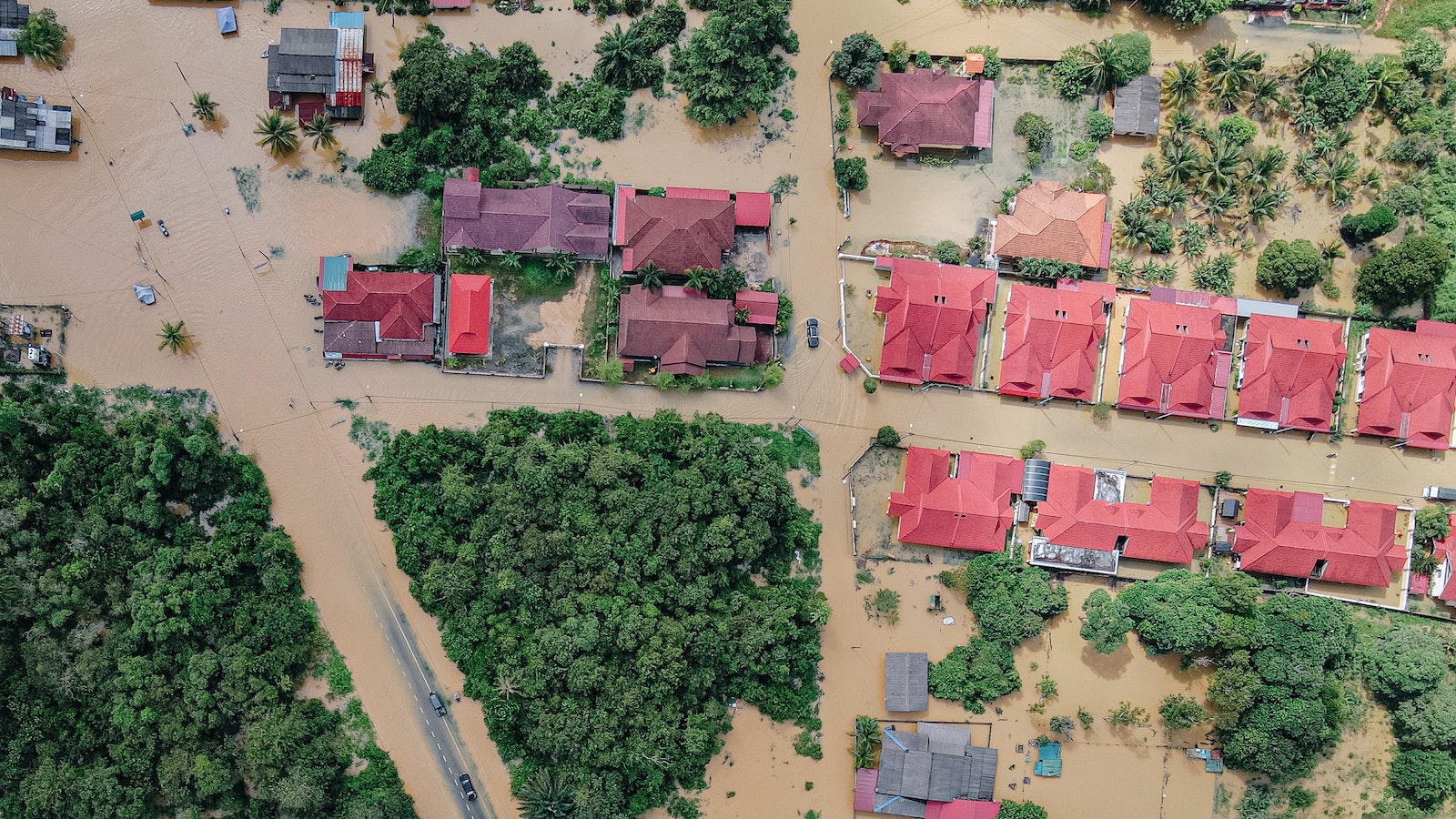With extreme weather events such as Hurricane Ian and its $112.9 billion of damage, and more than 7,490 wildfires recorded just in California last year, climate change is making it increasingly difficult to accurately forecast property damage risks. Insurers using obsolete, patchy or outright inaccurate data are bound to suffer significant losses.
This, in turn, has contributed to a sharp rise in premiums. Homeowner policy premiums rose 12% across the U.S. from 2021 to 2022.
Insurers can no longer rely on historical trends, so they are resorting to virtual models to simulate the impacts of future risks: The so-called digital twins are digital counterparts to real-world physical objects or properties. They can be used by insurers to assess their exposure and continue to underwrite profitably in the era of climate change.
Insurers may not be able to see into the future, but they do have access to increasingly rich and up-to-date property data. By feeding these insights into a digital twin simulation, insurers can identify the potential extent of damage to a property under different weather conditions.
Digital twins model a range of future weather-related scenarios
The ability to simulate real-world conditions to ascertain how physical systems or buildings would be affected under various circumstances is transforming a range of industries, from large-scale construction projects to cybersecurity. However, more than anywhere else, digital twins are making their mark in the insurance industry.
By creating comprehensive property models with reliable data points, insurers can determine the risk of damage in severe weather conditions. With high-quality insights obtained from aerial imagery, properties can be 3D-mapped at scale. Using artificial intelligence to extract and make sense of large datasets, insurers can obtain enough information to create high-fidelity digital twins of almost any kind of physical structure, regardless of size or condition.
It then becomes possible, for example, to simulate high winds and low pressure zones and evaluate potential damages at different wind speeds. This can be particularly useful for insuring areas frequently affected by hurricanes. Similarly, the risk of properties that insurers already know are in flood or wildfire zones can be modeled under different weather conditions.
The success of the insurance industry hinges on the availability of rich and accurate insights. The "virtual data" collected from digital twin simulations can then be used for a range of critical processes such as underwriting, claims processing and fraud detection, without the need to base damage predictions on previous, potentially outdated or irrelevant historical trends.
See also: Time to Embrace AI in Climate Change Fight
Digital twins will become more important than historical risk trends
The impact goes beyond just underwriting. Digital twins can help accelerate claims processing by reproducing the scenarios or circumstances behind a claim, such as conditions of damage. Moreover, the ability to simulate an event can be valuable when combating insurance fraud, by rapidly verifying the accuracy of a claim.
For example, if a homeowner intentionally sets fire to a section of their property, using a digital twins simulation the insurer can identify if the fire spread from an area where an electrical fault may have occurred, or alternatively if the cause was unnatural. All in all, digital twin capabilities reduce the time and cost of producing insurance products. When used in tandem with other technologies such as aerial imagery and advanced AI, insurers can produce digital twins at scale. This is particularly useful for insuring against large-scale natural disasters such as flooding and wildfires, for which large amounts of property intelligence are outdated due to erratic weather patterns.
Digital twins are one of the best examples of technology working to counteract the adverse consequences of climate change. By using accurate, high-quality data points to create virtual representations of physical structures, insurers can improve their risk evaluation and decision-making processes.
The ability to simulate different weather conditions against these high-fidelity replicas, also allows insurers to make better predictions and recommendations to clients. It’s only a matter of time before digital twin data becomes more important than historical data for insurance risk management.
Digital twins provide insurance companies with insights that help them stay ahead of the competition and better navigate the challenges posed by extreme weather events. Those without digital twins will find it very difficult to stay afloat in a fiercely competitive and rapidly changing industry.







